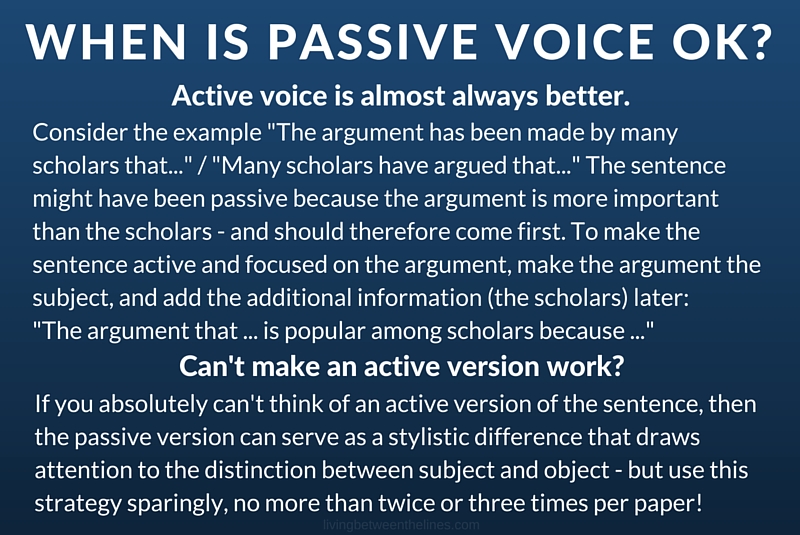So you’re pulling an all-nighter. Or you fell asleep during your all-nighter and now have an hour to finish a paper. Or maybe you’re just burned out and don’t want to spend forever essay editing (I feel that!). Whatever your reasoning, sometimes you just need a quick and dirty editing plan that’ll polish up a paper – fast.
That’s what I’m here for! I’ll outline my general strategy for you, let you know what techniques work best, and (for free!) give you a checklist with the exact terms, techniques, and resources I use for speed-editing.
The Ultimate 10 Minute Essay Editing Plan

Give It A Rest
If you write a paper and then immediately go back to the start and try to proofread, it’s going to be tough. Your ideas are so fresh in your mind, that it’s hard to separate the paper you wanted to write from the one that’s actually on the page.
If you’re on a tight deadline (or pulling an all-nighter) try doing something else that needs to be done between writing and essay editing – taking a shower, pulling up the site to submit your essay, getting a quick snack. Give yourself a little time to reset your brain for more accurate proofreading.
Run Some Searches
Ctrl+F is a gift from the heavens when proofreading. You can use it to search for common misspellings and misuses, or indicator phrases of larger problems, like passive voice. Knowing the right phrases to search (I’ve included my favorites on the checklist!) will save you time, and catch errors spellcheck might miss.
Searching for common errors before you start manually proofreading also means you don’t have to fix the same error five times in your read-through, and don’t underestimate that value. Every time you have to stop reading to fix something, it’ll take that much longer to get back in the groove!
Kill Passive Voice
Passive voice is a thorn in my side, and I know a lot of other writers struggle with it. To make matters worse, it’s kind of difficult to understand what passive voice is.
The classic example takes a simple, active sentence and inverts the subject and the object to make it passive – “The dog chased the cat.” becomes “The cat was chased by the dog.”
For an example more relevant to essay editing, in the passive voice, you’d say “The argument has been made by many scholars that…” whereas the active form is “Many scholars have argued that…”

When Proofreading
I’ve got a whole post on proofreading better, but here are some quick tips!
If You Use Spellcheck, Use More Than One
Spellcheck is definitely a useful tool, I won’t deny that. It’s great in that it’s fast and impartial, because let’s be honest – you’re biased to think your work is perfect. But different spellchecking programs run different algorithms, so they’ll all catch different issues. That’s why you should always run your paper through more than one spellchecking program, to catch anything that falls through the cracks. (A list of my favorite programs is on the checklist!)
So yes – spellcheck = lifesaver, especially if you use more than one. But I feel morally obligated to remind you that it’s no substitute for human intuition. It can’t pick our awkward phrases or factual errors. And as important as spelling and grammar are to your grade, having an accurate, compelling argument is even more essential.
Always Proofread Manually (At Least Once)
Embarrassing story time – I once wrote an extensive (eight page) research paper on an author. It was, as I recall, well written and well researched, and I got a good grade on my first draft, with one important note – I’d been calling the author by the wrong first name the whole time.
Point is, a spellchecker or online proofreader won’t catch errors that aren’t technically incorrect, like replacing “Michael” with “Matthew.” There’s no substitute for your own eyes, so the very last thing you do before turning in a paper should be to proofread it yourself, one last time. I have a secret-weapon strategy that’s (you guessed it!) included in your checklist!
Go Beyond Grammar
I can’t stress this enough – your paper should be grammatically sound and appropriately formatted, but none of that matters if you’ve written a crappy paper. When you proofread, sure, look for grammatical or formatting errors, but also make sure that what you’ve written is factual, properly supported by evidence, and presented in an appropriate tone. (Having thesis issues? I can help you out on that.)
Editing is about so much more than just making sure the words on the page follow all the rules. Those words also need to serve a higher purpose and contribute to the point you’re trying to make in an orderly, easy-to-follow way. If you keep that in mind, you can write a better paper, not just one that follows the rules.
The checklist is part of the LBTL Resource Library, an exclusive collection of add-ons, checklists, printables, and guides I'm cooking up especially for my subscribers. Sign up for access below and you can get the 10 Minute Essay Editing checklist, plus all the other goodies in the library - completely free!
Your final welcome email will give you the link and password to download your free checklist - and everything else in the resource library! Happy editing!


